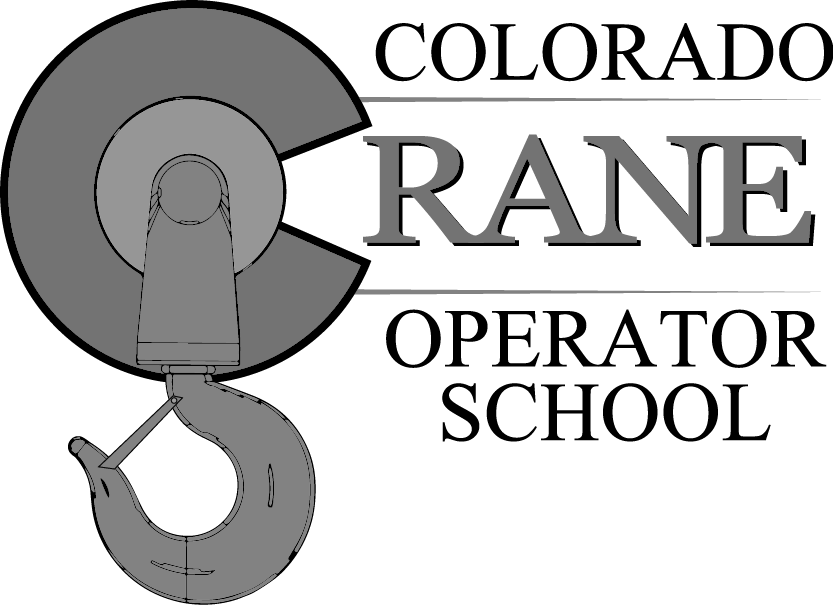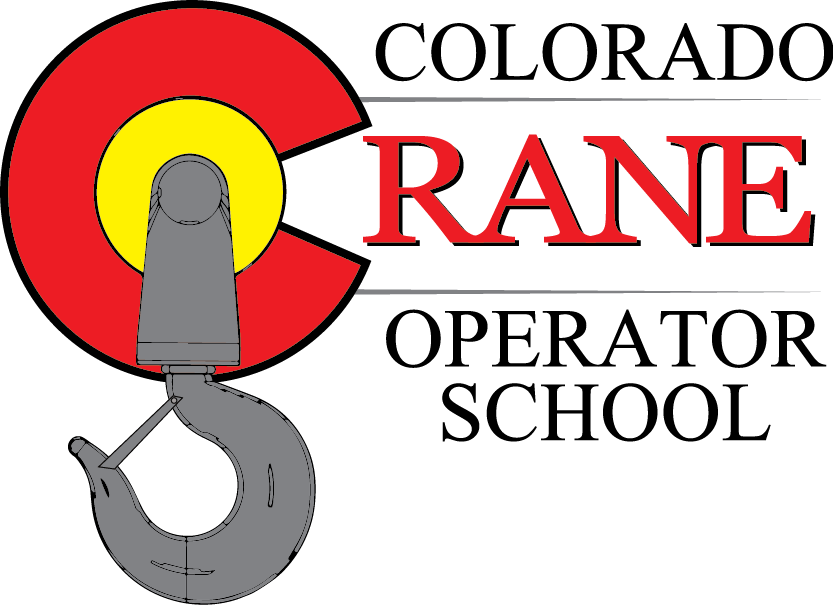Every mobile crane has a set capacity that it can hoist within a given radius of that crane. There are several factors that determine the exact capacity (such as boom length, counterweight, etc) However, even when a crane has a predetermined capacity at a given radius within a crane’s particular configuration there are still a few factors that affect a cranes capacity beyond what is stated on the load charts. These factors could be caused by a lack of awareness of the operator, supervisor, rigger, signalperson, and/or external forces exerted on the crane
Two of the most common situations are improper outrigger setup and poor ground conditions. For example, when an operator sets up a crane along the street with one side fully extended and another partially it creates stability issues when swinging over from one side to the other. Ground conditions become a large issue when the ground bearing pressure of the soil is less than the amount applied by the crane. Ensuring a proper soils report is critical along with using outrigger pads that are large enough to reduce the pressure applied by the crane.
Here is a list of other conditions that affect a cranes capacity:
- Improper counterweight configuration can change the stability of the crane either frontwards or backwards.
- Out of level conditions- 3degrees off level can reduce capacity by 50% . A crane’s capacity chart is based on a crane being level on firm surface
- Poor condition of equipment – i.e. dented or bent lattice, cracked welds, rubber tire condition, etc will reduce the capacity of crane stability
- Wind-creates large surface area of the load causing the load to drift away from the crane. High winds can also cause a long boom crane to push over backwards. Lattice boom cranes create a vacuum of force as the wind blows through it
- Boom deflection- overloading of boom causing increased radius. This radius if not properly accounted will cause a loss of capacity
- Impact Loading-Rapid acceleration, sudden stopping, sudden load release, sudden load snatching, pick and carry operations.
- Rapid swinging-when the boom is moved rapidly the load will not be able to catch up due to inertia and the flexibility of the load line.
These are just a few of the items we discuss in our crane and rigging management class along with other key concepts. Be sure to book your class today.





